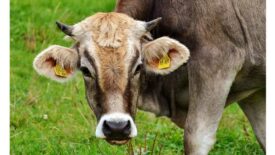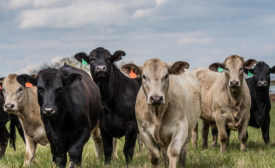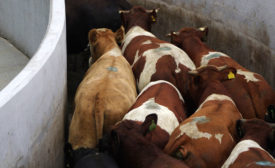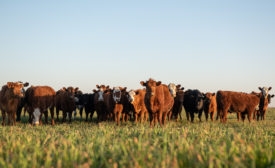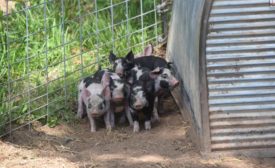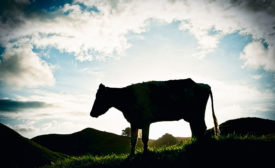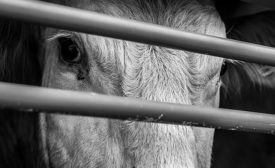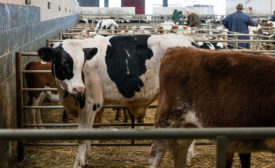Articles by Kurt D. Vogel PhD
Independent Thoughts
Training is important in preventing events that could result in enforcement actions.
Read More
Proper stunning reduces humane handling enforcement actions
Emphasis should focus on training personnel and improving restraint.
Read More
Teachable moments in humane animal handling
Lessons from the 62 humane handling enforcement actions posted to the USDA’s Food Safety and Inspection Services website in 2021.
Read More
State of the Industry 2019 | Animal Welfare
State of Animal Welfare 2019
Get back to the basics
Read More
State of the Industry 2018
State of Animal Handling 2018
Targeting humane solutions: A look at animal welfare in the meat and poultry industry
Read More
Farm to Plate
Data pinpoints need for a continued focus on stunning efficacy and management
A stunning issue: Assessing humane-handling enforcement actions and developing teachable moments for processors on stunning and handling of animals.
June 13, 2018
State of the Industry
State of the Meat and Poultry Industry 2017: Animal welfare
Keep driving to improve animal care, handling
Read More
Stay ahead of the curve. Unlock a dose of cutting-edge insights.
Receive our premium content directly to your inbox.
SIGN-UP TODAYCopyright ©2025. All Rights Reserved BNP Media.
Design, CMS, Hosting & Web Development :: ePublishing
